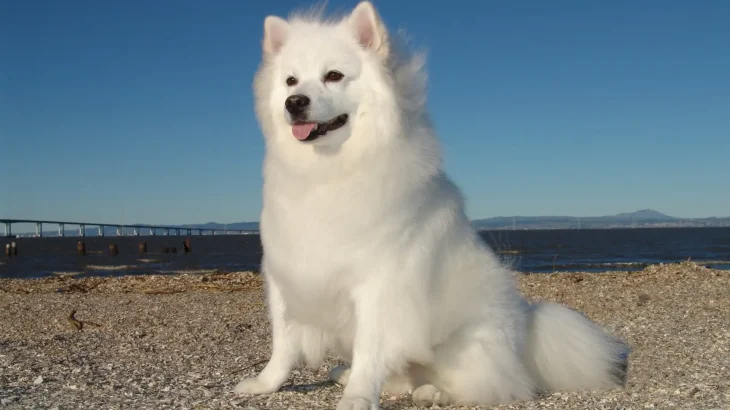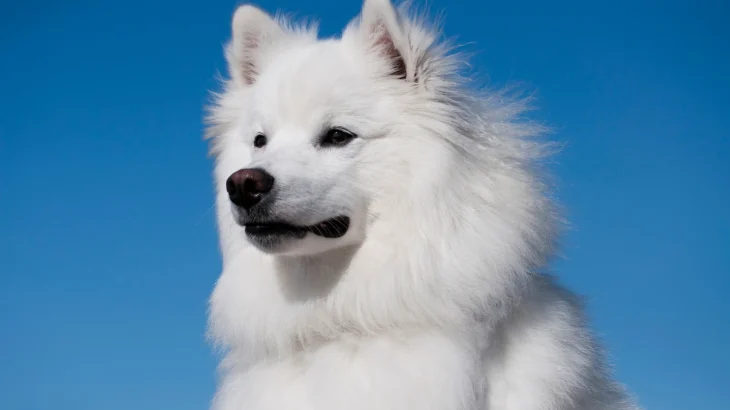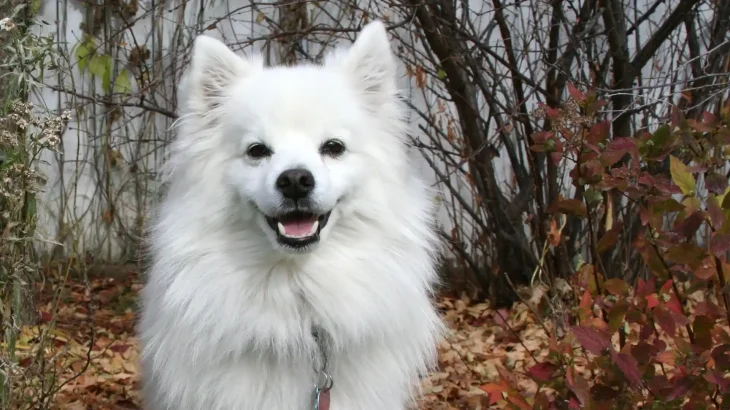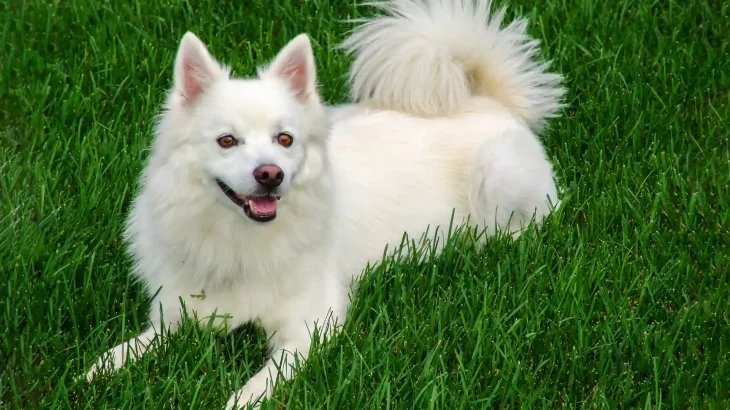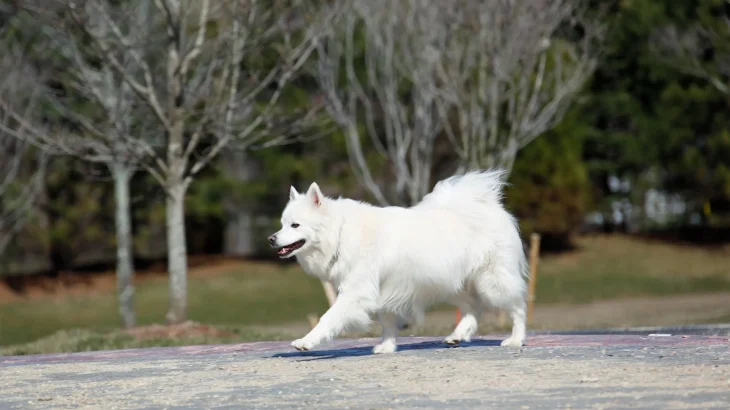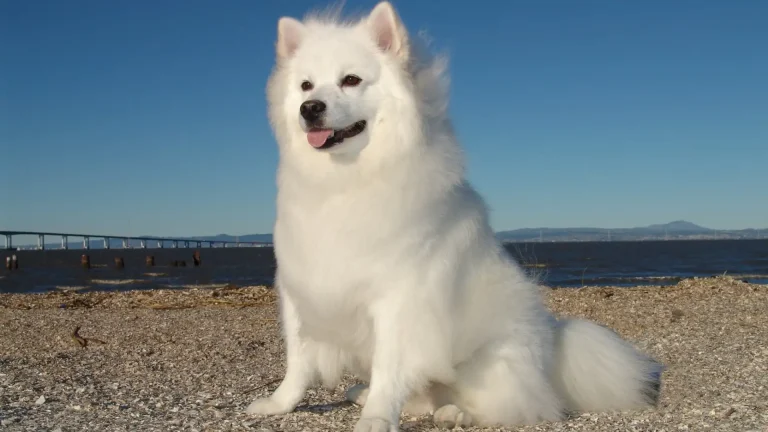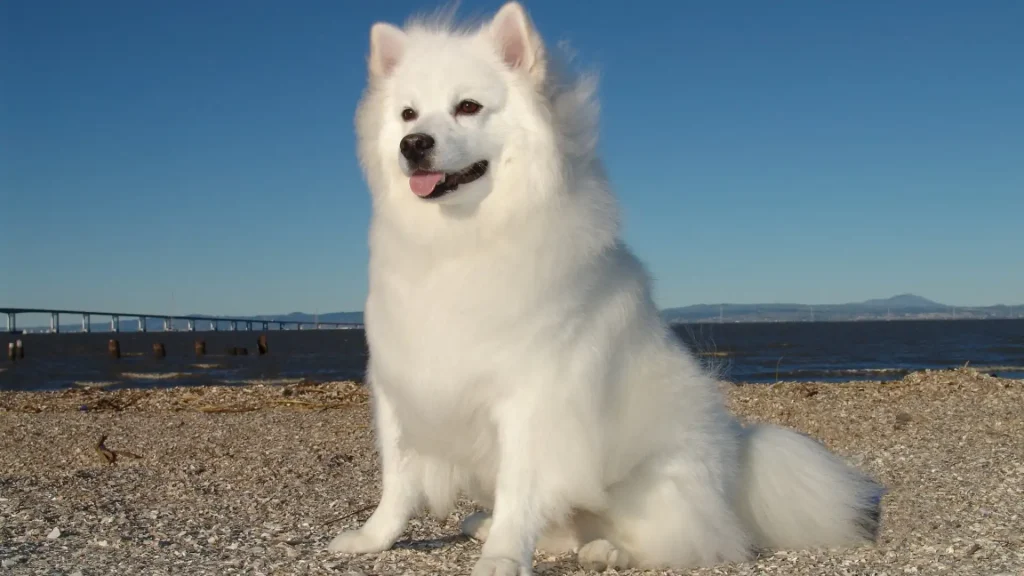Deciding to bring an American Eskimo puppy into your home means choosing between adopting or buying from a breeder. Adoption offers a chance to save a dog while potentially embracing some mystery about its background, whereas purchasing from a breeder tends to provide clarity about the puppy's lineage and health history.
| Criteria | Buying from Breeder | Adopting from Shelter/Rescue |
|---|---|---|
| Cost | Higher upfront cost due to breed purity and pedigree documentation. | Lower fees, often including vaccinations and spaying/neutering. |
| Health History | Usually detailed health screening and records are provided. | Health history may be incomplete or unknown, though basic checks are typical. |
| Age Availability | Primarily puppies available for early training and bonding. | Varied ages available, sometimes including adults and seniors. |
| Temperament Insight | Breeders often share information on lineage temperament traits. | Shelters provide behavior observations but may lack full background. |
| Supporting Practices | Supports responsible breed preservation when choosing ethical breeders. | Promotes animal welfare by giving homes to dogs in need. |
| Ethical Considerations | Important to choose reputable breeders to avoid puppy mills. | Adoption helps reduce shelter overcrowding and euthanasia rates. |

